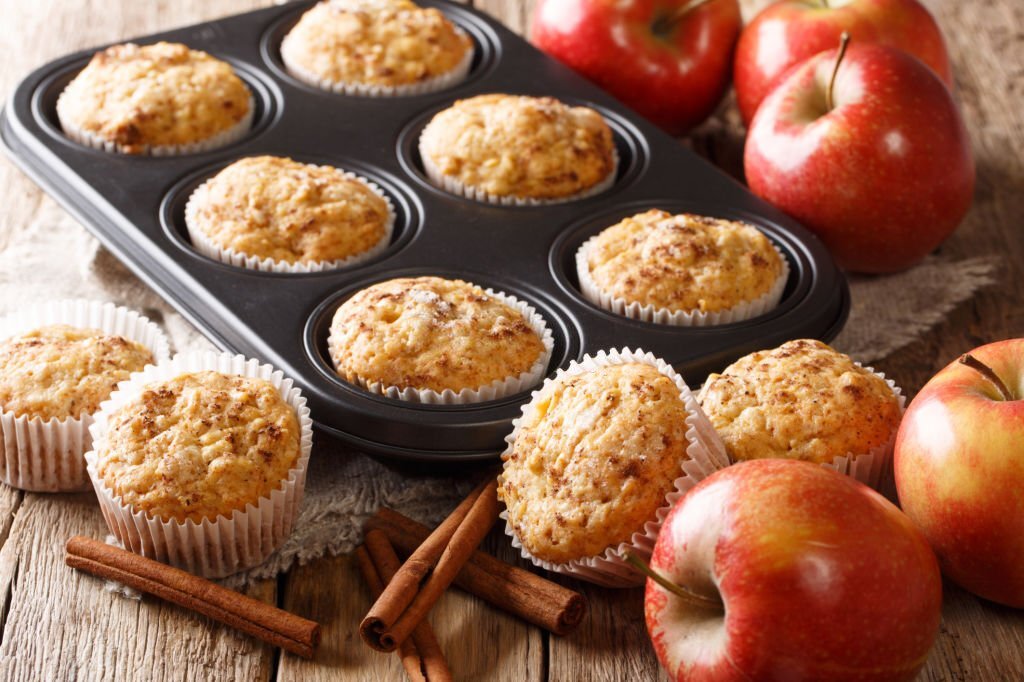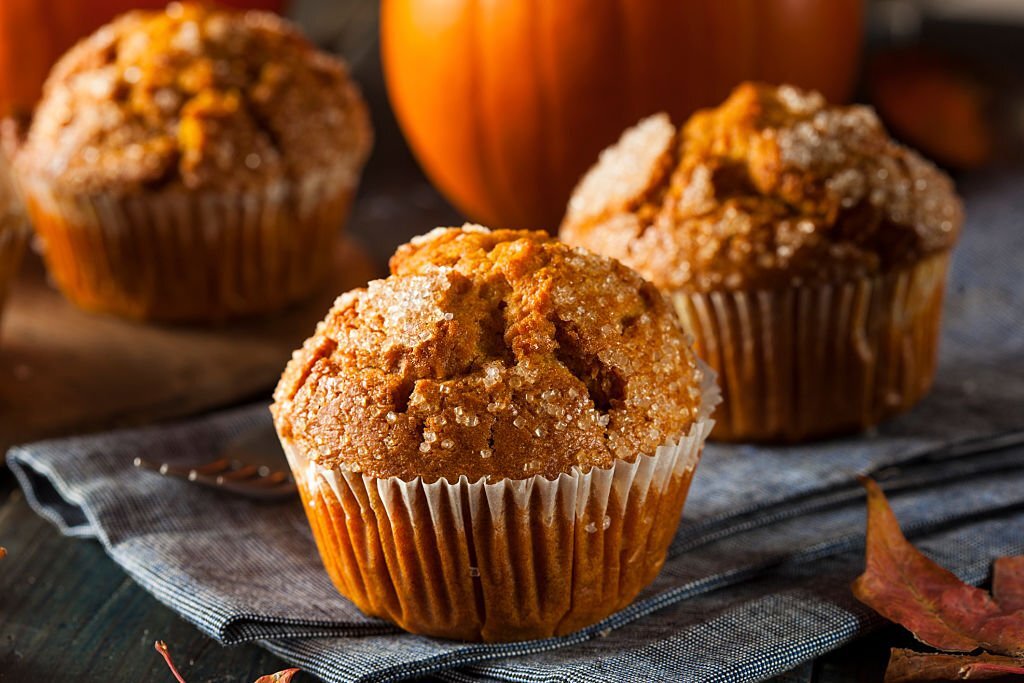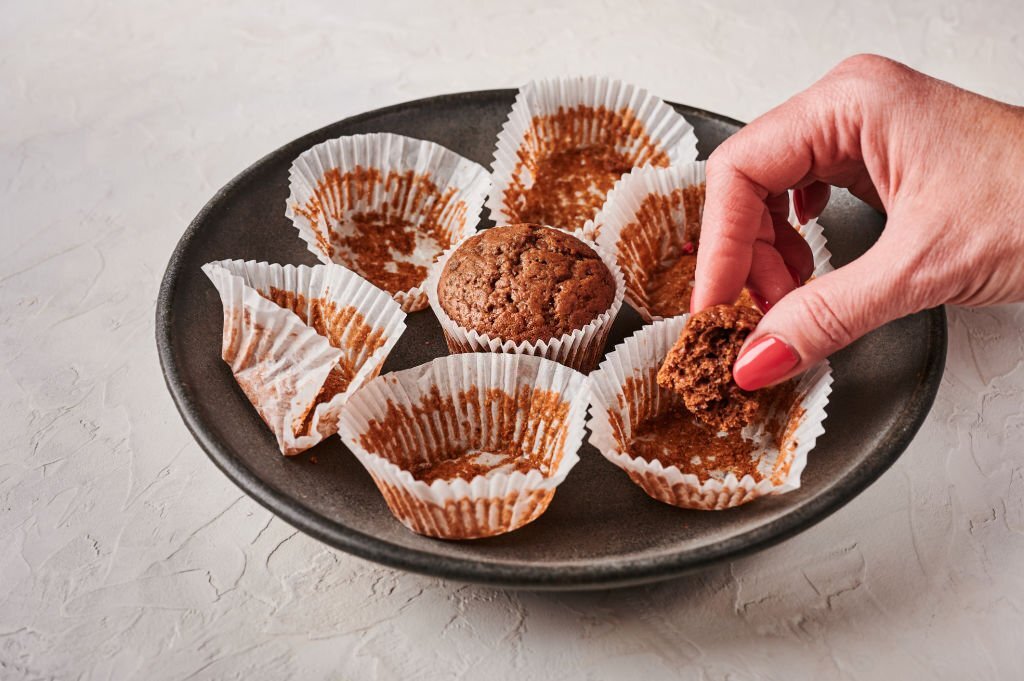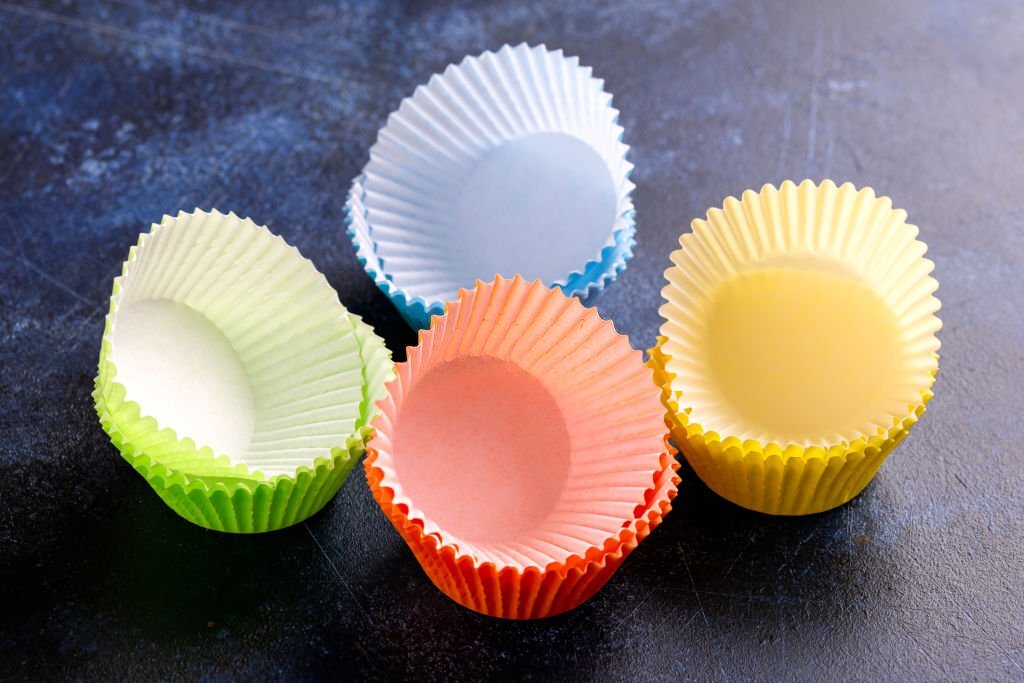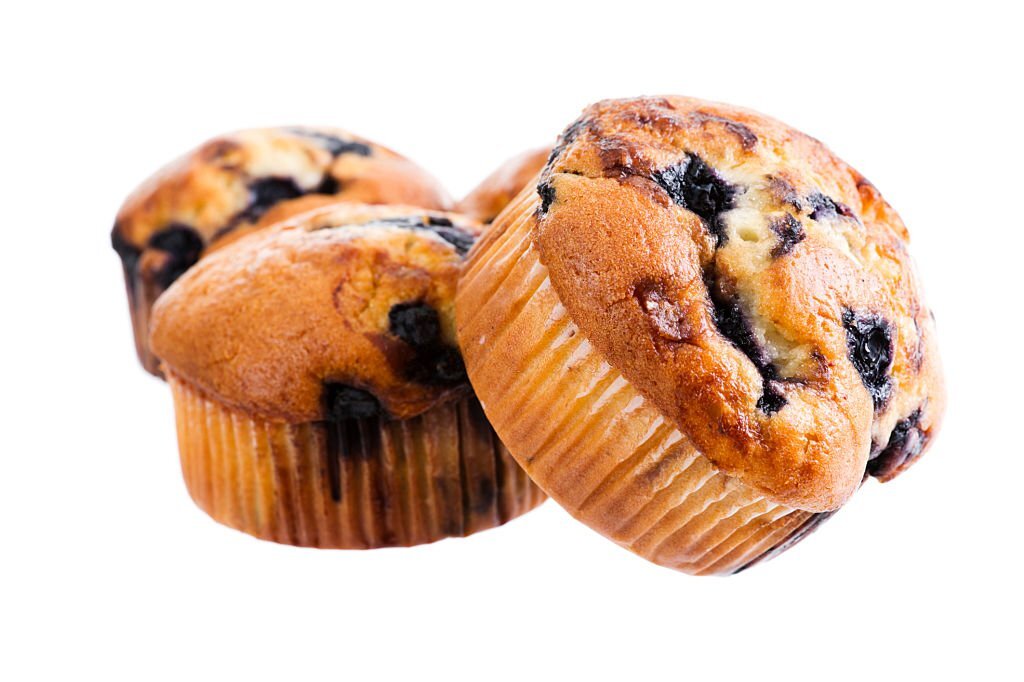Everybody loves their muffins! But did you know that many individuals find it enjoyable to chew on the muffin wrappers after they have finished them? Some even consume them!
The majority of standard muffin wrappers are made of plain paper. Eating your muffin wrapper is not a good idea since cellulose fiber, which is used to make paper, is indigestible to humans.
However, generally speaking, sucking or chewing on the wrapper to extract the last bits and flavors of the muffin is OK.
Continue reading to learn more about muffin wrappers, including their flavor and whether store-bought equivalents that are marked as edible exist.
What are muffins?
A muffin is an individually portioned baked good, but the name can also refer to one of two different foods: a quickbread that is often sweetened and is chemically leavened before being baked in a mold, or a part-raised flatbread similar to a crumpet that is baked and then fried on a griddle.
While quickbread “American” muffins are sometimes sweetened, there are less sweet types like traditional bran muffins as well as savory varieties created with components like corn and cheese.
The quickbread emerged in North America around the 19th century, but the “English” flatbread is of British or other European provenance and dates from at least the early 18th century. Today, both kinds are typical across the globe.
What are muffin wrappers
Papers called muffin and cupcake liners are used to hold in batter that is placed into muffin pans.
They are often corrugated, made of paper or foil, and frequently ornamental. Most muffins and cupcakes from the shop are packaged in liners.
But are liners really necessary to successfully bake a: muffin or cupcake? Although there are solid reasons to use one, doing without is completely acceptable if you want to make cupcakes.
Types of muffins wrappers
Although some liners are design exclusively for muffins or cupcakes, the two can be used interchangeably.
Make sure the muffin liners you purchase are the right size for your pans. Most muffin and cupcake liners are reasonably priced, and one pack works for multiple batches of cupcakes.
There used to be muffin liners made of waxed parchment. These are still accessible, but the range of choices has greatly increased.
Your taste and budget are really the only factors limiting your options. Several possibilities are:
Standard paper liners are available in every hue and provide a lovely accent to muffins for birthday parties or parties with a sports theme (using the team colors).
Foil Liners: Foil liners are stronger and more aesthetically pleasing than paper, but they also tend to be more expensive. They are thicker than paper liners. They are frequently offered in silver and sporadically in metallic hues.
Heavy waxed paper liners called “tulip liners” rise above the top of the cupcake to form a lovely tulip shape. They are frequently employed by commercial bakeries.
Silicone Liners: Though more expensive, silicone liners are washable and nonstick, allowing for repeated usage. They work well for gatherings at home where you can watch over their disposal.
Cupcake or muffin liners with patterns for special occasions can be used to adorn your baked goods. Grocery stores and party supply stores offer a seemingly unlimited variety of options for every occasion.
Can you eat muffin wrappers?
Wax paper or plain paper are the two most common materials used to make muffin wrappers. The best course of action is to avoid eating paper because it contains a significant amount of cellulose fiber, which is completely indigestible to humans.
The other varieties of muffin wrappers, which are composed of silicone or foil, are obviously completely inedible and indigestible. Additionally, some substances have negative health effects!
But let’s return to the paper packaging! While ingesting a complete muffin wrapper may result in abdominal pain and intestinal obstruction, eating paper typically won’t harm you significantly.
Although that probably doesn’t happen frequently, why take the chance? That paper is really difficult to swallow; it is rough!
Why then stress out your digestive system?
On the other hand, it is quite safe to chew, lick, or sucke on a paper muffin wrapper.
It kind of makes sense that many individuals actually do this on a more or less regular basis because it happens frequently that some muffin pieces remain stuck to the wrapper.
Some folks may not want to squander the remaining bits of their muffin because sometimes those pieces are quite substantial.
I can’t say that I blame them—muffins are wonderful and you want to devour the whole thing!
Are the paper liners on muffins toxic?
Many paper wrappers available today are food-grade, non-toxic, and entirely untreated, free of any chemicals or additives. This only applies to the uncolored, paper-like wrappers, though.
Even white muffin wrappers that are colored can contain dye or bleach that can produce dioxin, a hazardous substance.
It also makes you hesitate before chewing on a paper wrapper, even though many of them only include minor levels of colour or bleach and are typically marked as food-grade.
Thank goodness, there are lots of non-toxic, untreated, and green muffin wrappers available.
Can You Put Paper Muffin Wrappers in the Oven?
Traditional paper muffin liners can be baked in the oven with your muffin mix because they are completely ovenproof.
As long as you don’t overheat or overbake your muffins, they will endure the baking process and emerge from the oven looking just as good as they did when they went in.
However, keep in mind that the majority of paper muffin liners cannot stand on their own in the oven.
You can put the muffin wrappers in a muffin pan, reusable silicone or aluminum liners, or both to keep them from toppling over.
Conclusion on Eating muffins wrappers
In conclusion, The majority of standard muffin wrappers are made of plain paper.
Eating your muffin wrapper is not a good idea since cellulose fiber, which is used to make paper, is indigestible to humans.
However, generally speaking, sucking or chewing on the wrapper to extract the last bits and flavors of the muffin is OK.

